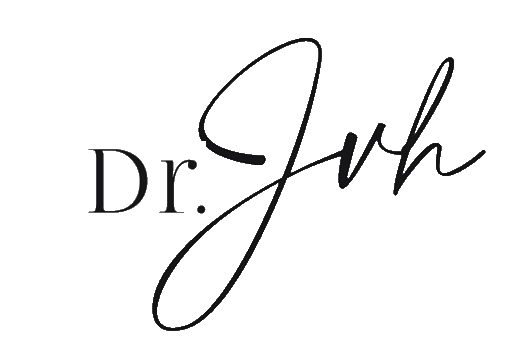Current Macro Environment May Not Be So Rosy: review of this week's news
The last couple of days haven’t been great for markets, in the face of what some call “irrational discouragement.” As is our current practice, in the face of extremely influential monetary policy decisions, good news is too often bad news for investors.
Why? If you’re in the market, you get it. For those that don’t see the connection between market pullbacks and strong economic news, here’s the rub: if the news is too good, the Fed – and potentially other policymakers in D.C. – are going to do their darndest to make sure we don’t find ourselves celebrating again anytime soon.
Considering current inflation, which we just can’t seem to get under control, the Fed’s potential reaction does make sense. The FOMC (Federal Reserve rate decision-makers) has had its trigger finger on interest rates since inflation reared its ugly head in 2021, raising rates at a historic clip. The Committee decided to “pause” rate increases at its last meeting, in the hopes that we may be seeing some restraint in inflationary pressures (though recently released Fed notes suggested there was some dissent within the ranks). However, the timidity of that decision has become evident with recent comments from Fed participants, causing investors to realize that any cheerful economic news is going to make it easy for jumpy trigger fingers to hike rates at the next meeting.
Enter the “not-so-rosy” news of yesterday (Jul 6th), which hinted at some sweet jobs figures. See notes from CNBC on the ADP report from yesterday:
Strong results from the ISM collaborated:
Markets went haywire, dropping the most since March. The Fed is most definitely going to do all within their power to slow the economy:
S&P 500
But, a close look combined with new data reveal some continued weakness. Per the Commerce Department, factory orders are continuing to stay in contraction territory, for example:
Reuters
Wage growth is slowing, though still elevated and the ISM’s factory-activity index keeps sliding.
Per a previous update, household savings are continuing to trend downward, meaning that your average family is running out of cash to sustain current spending levels. While wage pressures are still strong, we’re not seeing quite as many job openings as we did at the start of the year either, and fewer employees are willing to risk giving up their current gigs to find that greener grass of higher pay on the other side, as evidenced by the decline in the quits rate. In general, these two indicators are handsome predictors of future wage pressures (and mighty influential in overall inflation). Axios chart below:
On top of it all, the U.S. Department of Labor (BLS) released its monthly employment situation with bad news: employment was soft. In fact, employment growth was about 10% less than the consensus of polled economists predicted (a rare miss of this magnitude), with updates to the downside for prior months. Worse, excluding government payrolls, the private sector only grew by about 149,000 in the prior month, far less than the 240,000 +/- anticipated.
Combined business weaknesses with continued inflation could lead to a period of stagflation (good explanation by Santander bank here), especially if the Fed’s next hikes pull back on business optimism and investments with inflation yet to fall as much as the Fed would like. We will see, but a small, but growing few are commenting on the possibility.
Anecdotally, my firm’s businesses saw a noticeable retreat this last month (compared to outsize growth in April and May). Given that many of the clients and customers of our companies are mid- to low- income – the income levels most likely to quickly make spending adjustments in the face of economic headwinds – I see this as a potential predictor of a shift. One month’s data could be seasonal, this could be a local phenomenon, or other factors could be at play, but I’m keeping a close eye.
Dr. Justin Vélez-Hagan, Ph.D., is an economist, business owner/investor, and author of The Paradox of Fiscal Austerity, among others. He is also an appointed member of the Joint Advisory Board of Economists for the state of Virginia.








